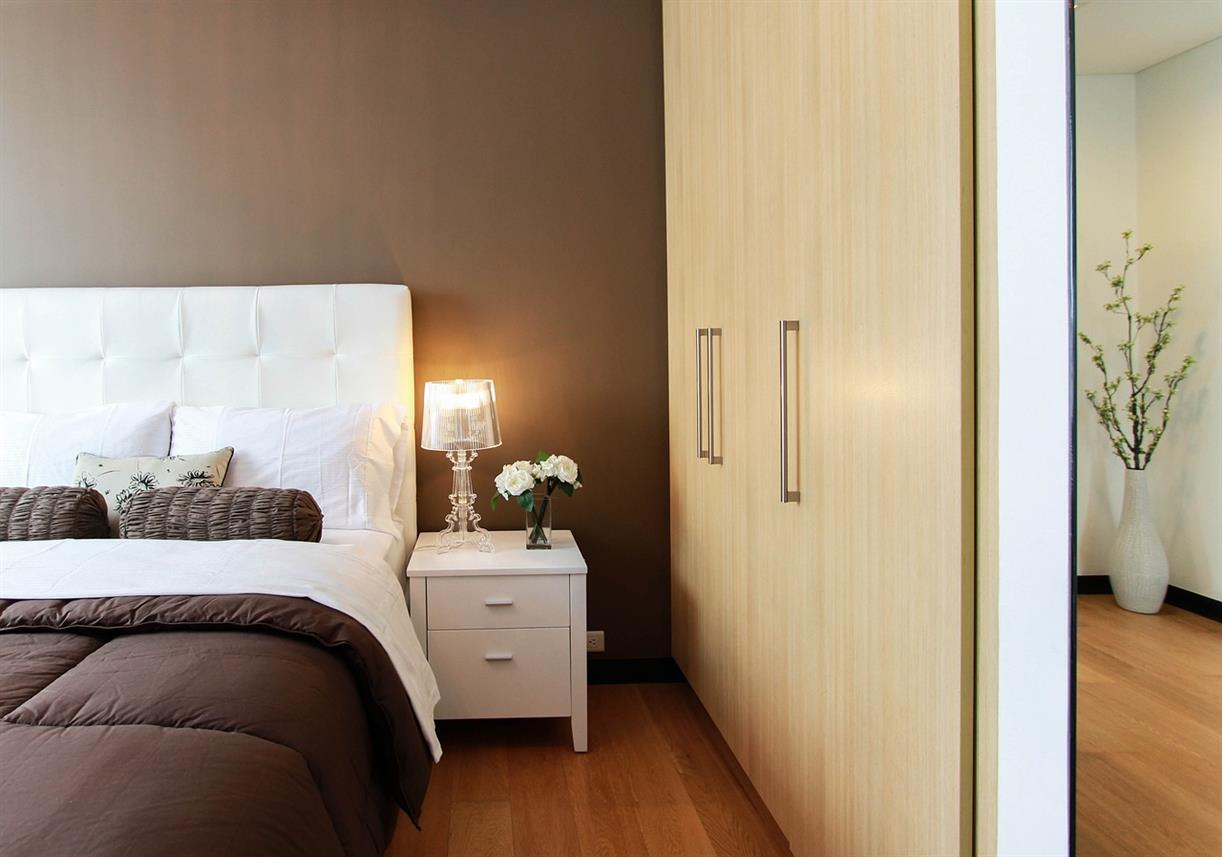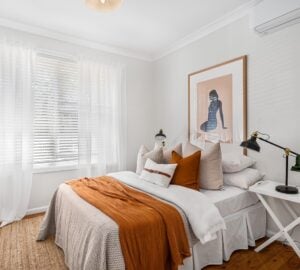Advertisement
In the quest for a good night’s sleep, the bed has been humanity’s constant companion, evolving through the ages from simple straw-filled mattresses to the sophisticated designs we see today. In the United Kingdom, a nation celebrated for its rich history and innovation, the transformation of beds over the centuries offers a fascinating glimpse into how shifts in culture, technology, and understanding of health have influenced one of our most fundamental needs—rest. This article explores the journey of beds through time, highlighting how they have revolutionized rest and reshaped our sleep habits.
The Humble Beginnings
The story of beds begins in the annals of history, where the earliest beds were little more than piles of straw or leaves placed on the ground to offer some comfort and insulation. The ancient Egyptians, however, took the concept of the bed to new heights—quite literally—by raising them off the ground on frames, a move aimed at avoiding drafts and pests. This innovation marked the bed’s evolution from a mere place to rest to a symbol of status and sophistication.
The Medieval Era: A Time of Change
The Middle Ages brought about significant changes in the design and perception of beds. In medieval Britain, beds became grander and more ornate, reflecting the wealth and social standing of their owners. The Great Bed of Ware, for instance, symbolizes this era’s extravagance, a massive bed reputed to sleep up to twelve people. However, it wasn’t just the wealthy who saw improvements in their sleeping arrangements; the introduction of stuffed mattresses and bed linens represented a leap forward in comfort and hygiene for the general population.
The Industrial Revolution: A Catalyst for Innovation
The Industrial Revolution in the 18th and 19th centuries was a turning point for bed design and manufacturing. The advent of mass production techniques made beds more accessible to the broader population, while innovations such as the metal bed frame and the box spring improved durability and comfort. This period also saw the introduction of the modern mattress, with innerspring designs offering unprecedented support and comfort, a far cry from the straw-filled sacks of the past.
The Modern Era: Comfort, Convenience, and Customization
Today, the bed has undergone a transformation that reflects our deeper understanding of the importance of sleep and the value we place on comfort and convenience. In the United Kingdom, brands are at the forefront of sleep innovation, offering a wide range of beds designed to cater to every preference and need. From memory foam mattresses that contour to the body’s shape to adjustable beds that can be customized for optimal comfort, the modern bed is a testament to how far we’ve come in our pursuit of the perfect night’s sleep.
Moreover, the integration of technology into beds, such as sleep trackers and smart home connectivity, underscores our continued commitment to improving rest. These advancements not only enhance comfort but also provide valuable insights into our sleep patterns, helping us to sleep better and lead healthier lives.
Looking Ahead: The Future of Sleep
As we look to the future, it’s clear that the evolution of beds and sleep technology is far from over. With ongoing research into sleep health and the development of new materials and technologies, the beds of tomorrow promise even greater levels of comfort, customization, and understanding of our sleep needs. The journey from straw mats to smart beds is a remarkable reflection of human ingenuity and our ceaseless quest for better rest.
Conclusion
The bed’s evolution from a basic necessity to a sophisticated tool for enhancing sleep underscores the central role that rest plays in our lives. In the United Kingdom, where history and innovation intersect, the transformation of beds through the ages offers valuable insights into our changing lifestyles, priorities, and the endless pursuit of a good night’s sleep. As we continue to revolutionize rest, the bed remains not just a place to sleep, but a gateway to improved health, well-being, and quality of life.












